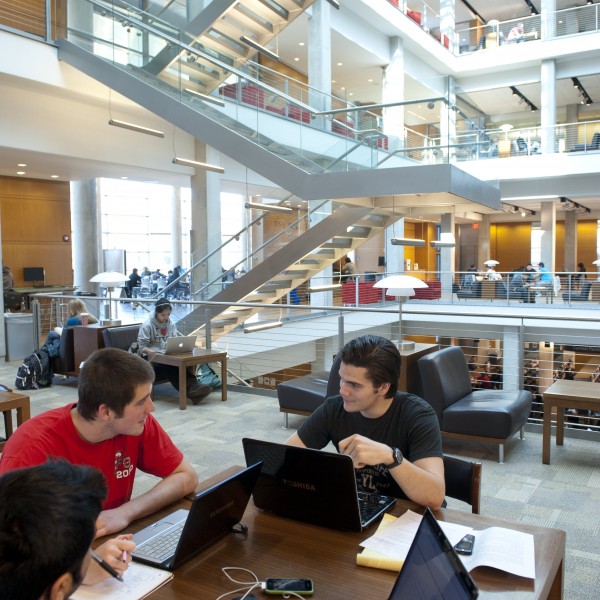Math Lecturer Saves Students $11,000 Annually with OERs

Jenny Sheldon, Ohio State Mathematics lecturer is not only an excellent instructor, but also cares about saving her students money along the way. Jenny realized that there was a need for less expensive and more updated textbooks for her history of mathematics course. So, Jenny took action and is now replacing her old course textbook with a collection of internet and library sources. This gives her students the opportunity to read up-to-date course related articles and gives Jenny the flexibility to add and remove materials from her course easily. Since starting this project and receiving an ALX grant, Jenny is now saving her students approximately $11,000 annually. Way to go Jenny!
Why did you decide to pursue this project?
I decided to pursue this project because I was becoming a little frustrated with the age of the materials I was using. I wanted to bring my textbook materials up-to-date without really changing the core of what I was using. I started looking around for other materials I could use, but everything else I could find was more expensive than I wanted students to have to pay for a text. I checked similar courses at other universities but didn’t find anything that looked close to what I was doing in my course. When I heard about the ALX grant, it was perfect for what I wanted to do.
Can you tell us a bit about the materials that you found while working on your collection of library resources?
Yes! The materials met my needs and expectations in terms of quality and credibility. The main thing I wanted to add to my course was for my students to read journal articles related to the course material, and the access to journal articles through the library is phenomenal. There’s so much to choose from at many different levels. I would have been overwhelmed if it hadn’t been for the help of my subject librarian.
Has anything changed from your original plan of what your collection of library resources would be like?
I think I originally imagined using more sources from the library, but as the project progressed I also found a lot of useful things elsewhere on the internet. I think it’s definitely been good to have both, and I’m sure I’ll be refining my choices for years to come.
How has the input of students helped to shape the new course resources you’ve put together?
It’s definitely nice to have the flexibility to put in and take out materials as I see the students responding to them. If I find that some of my materials don’t really get at the points I’m trying to make, or if I find that students aren’t really getting anything from the material that they aren’t getting from other sources, it’s so easy to just switch them out for other sources. Since I have students doing presentations over the material, it’s easy for me to see what they find interesting and what is easily understood versus what is more difficult or less interesting for them. This feedback helps me decide which materials to keep and which to replace with better ones.
Why should your peers apply for an ALX grant, and what advice do you have for others thinking about reimagining their textbooks and course materials?
My peers should apply for an ALX grant for the support that the program provides through this process. It’s nice to see how other people have redesigned their textbooks and courses, and it’s great to always know where you can go if you have a question throughout the process. As far as advice for others thinking about reimagining their course materials, I would say: don’t be afraid! This seems like such a big process before you get started, but it’s easy to make small changes here and there, and eventually those small changes can turn into larger changes. Before you know it, you’ve put together a whole new set of materials.





